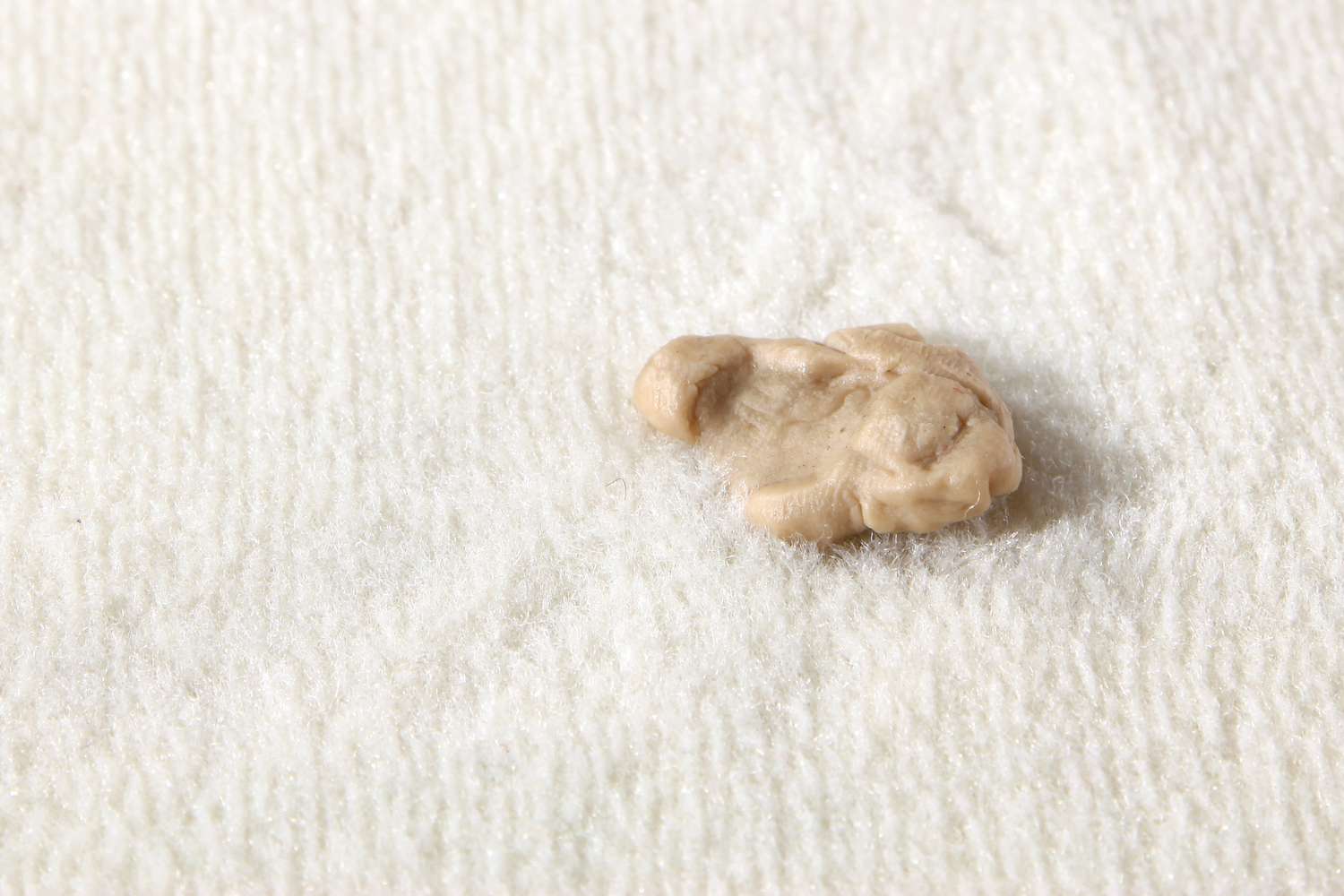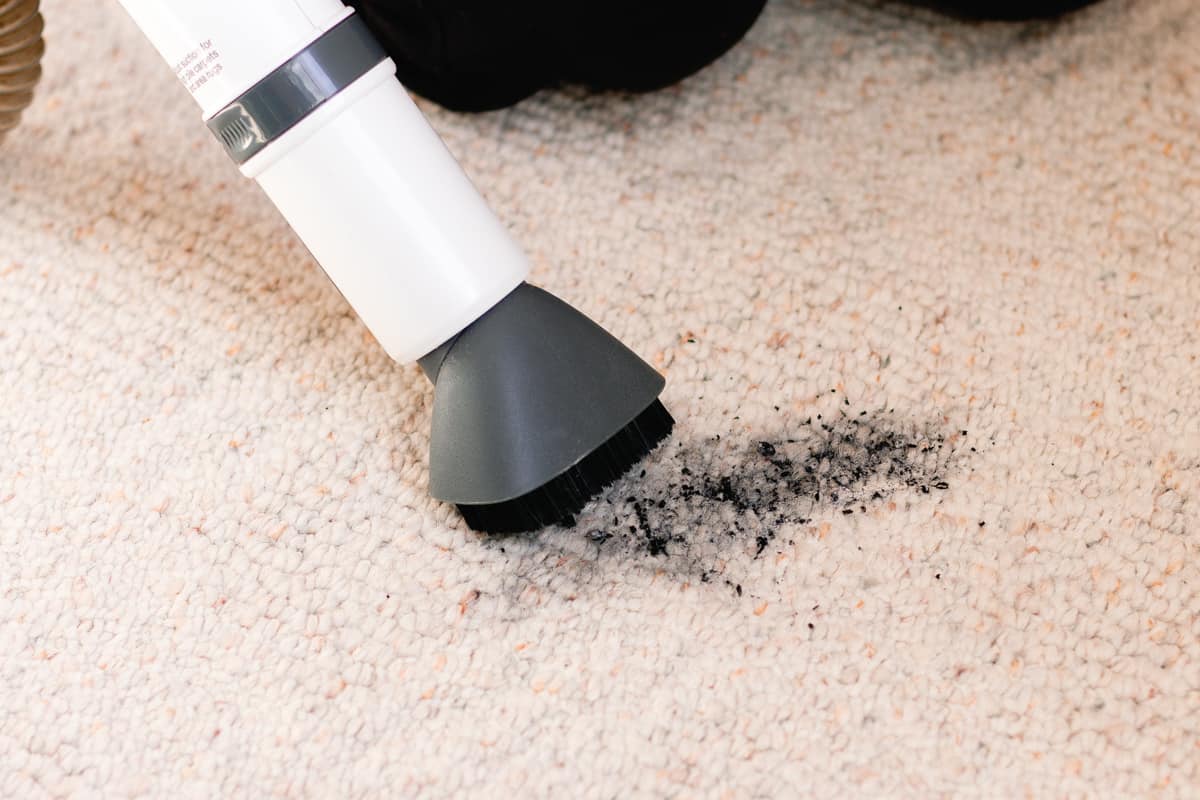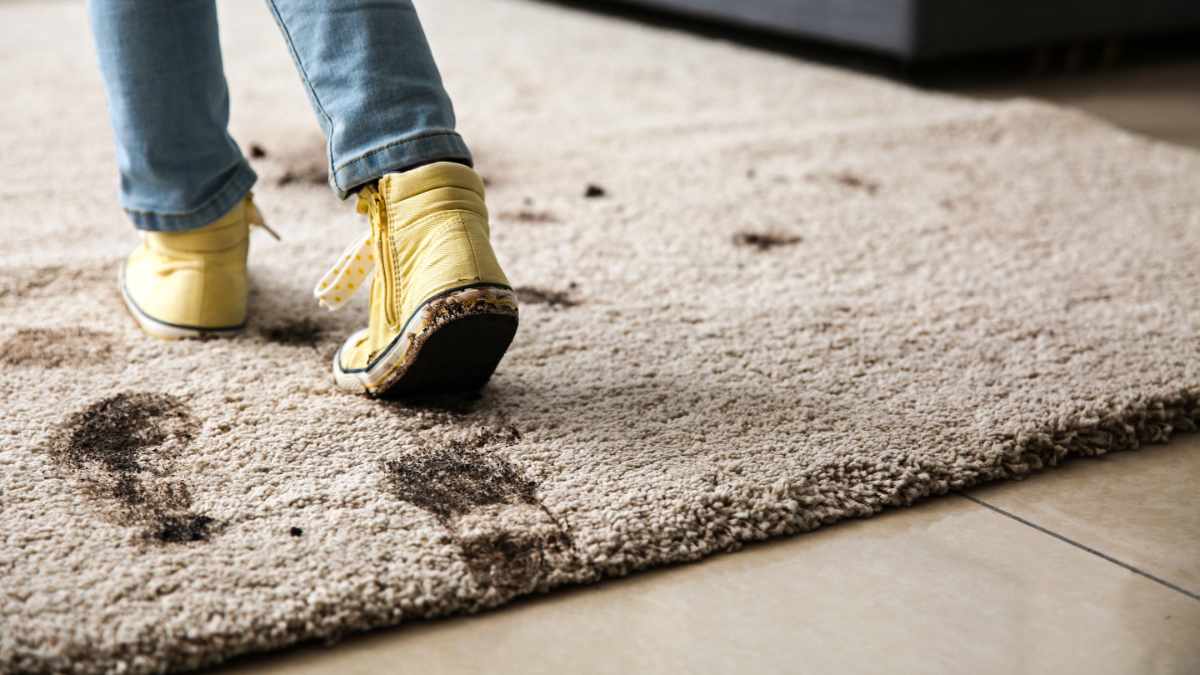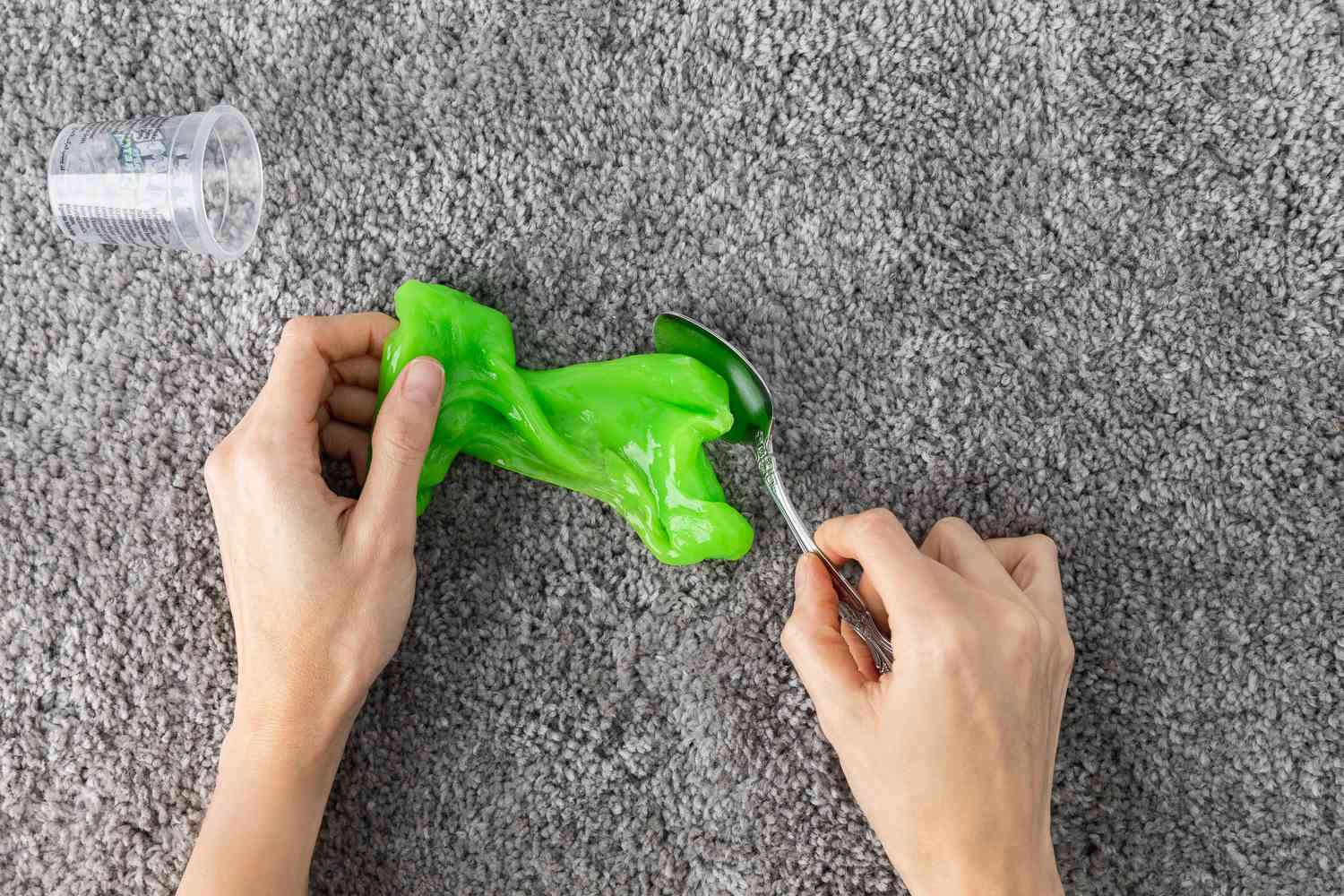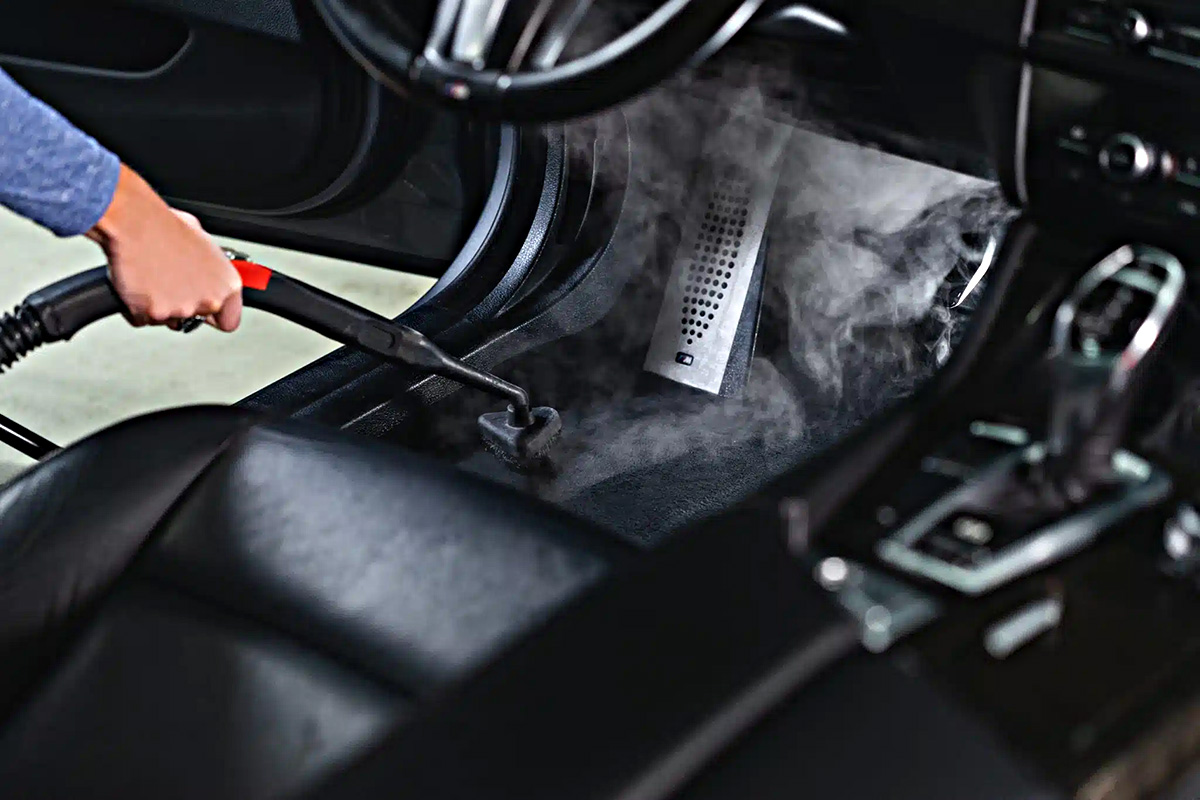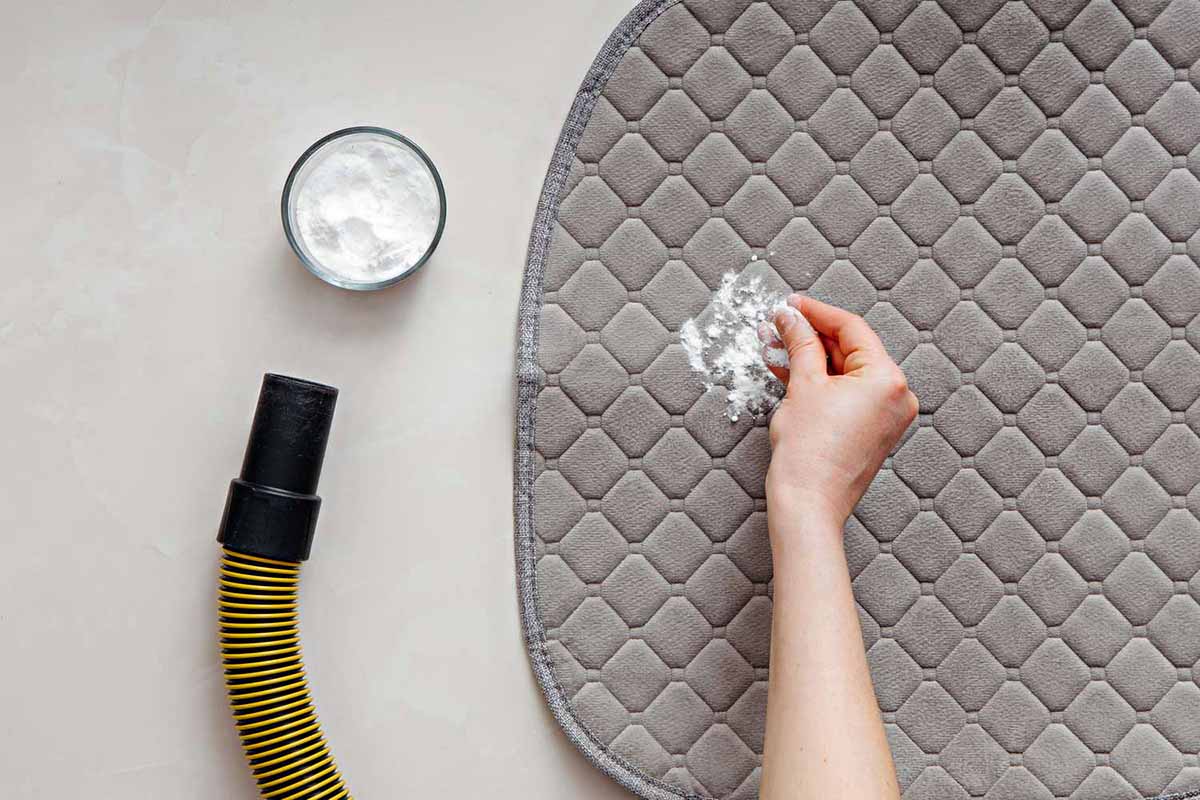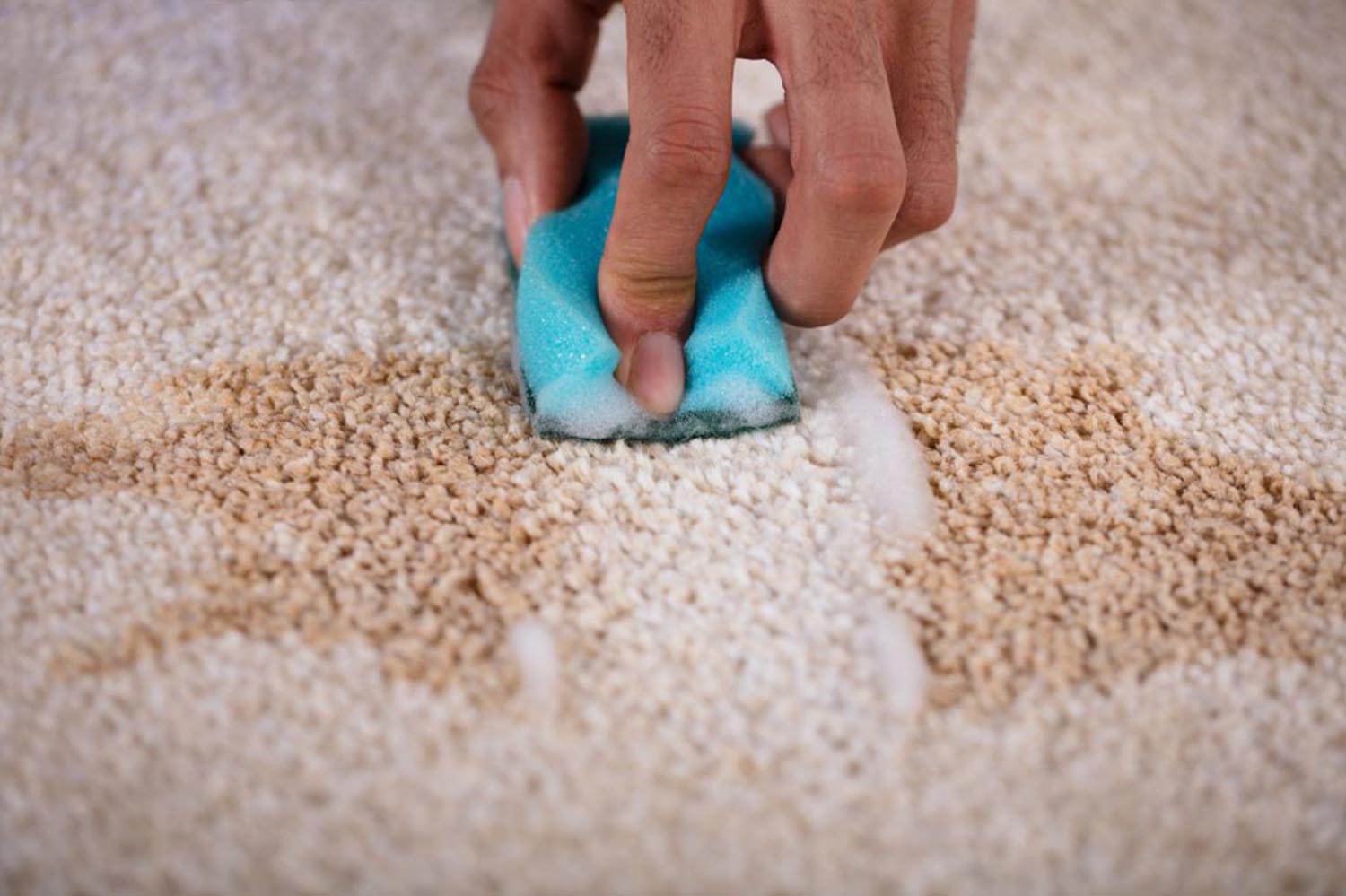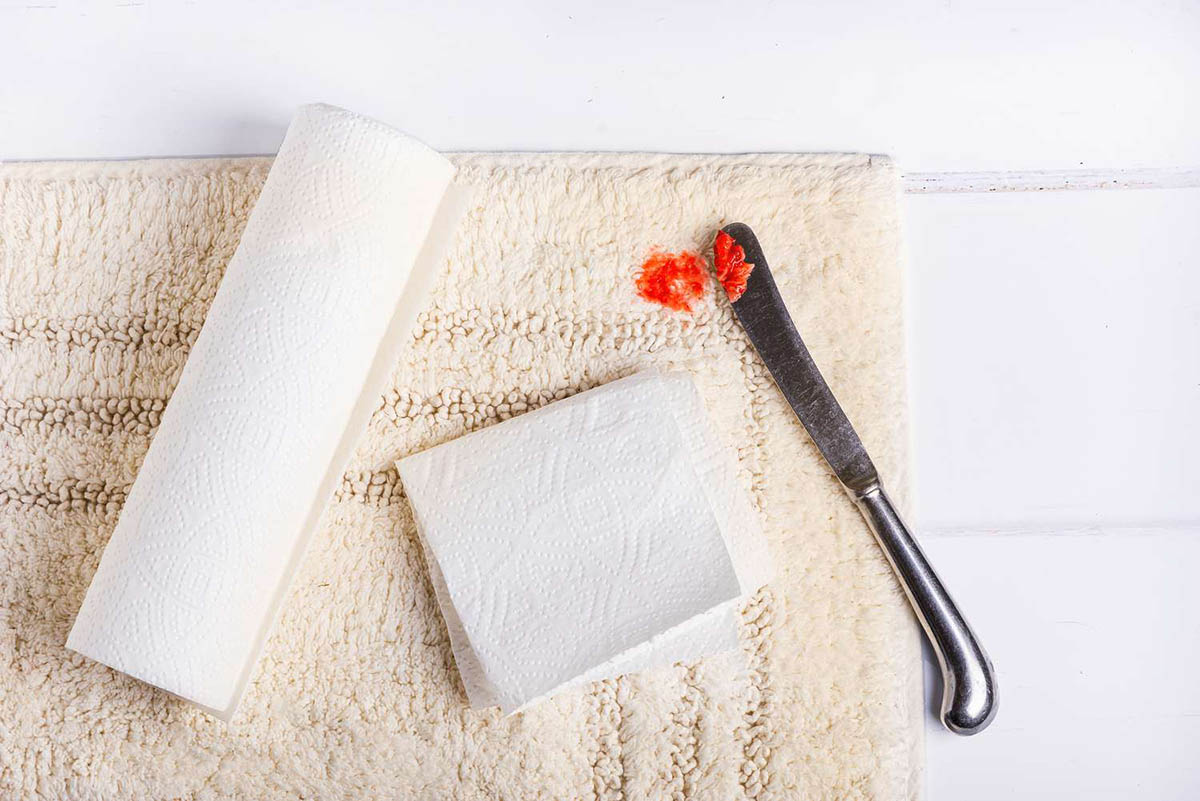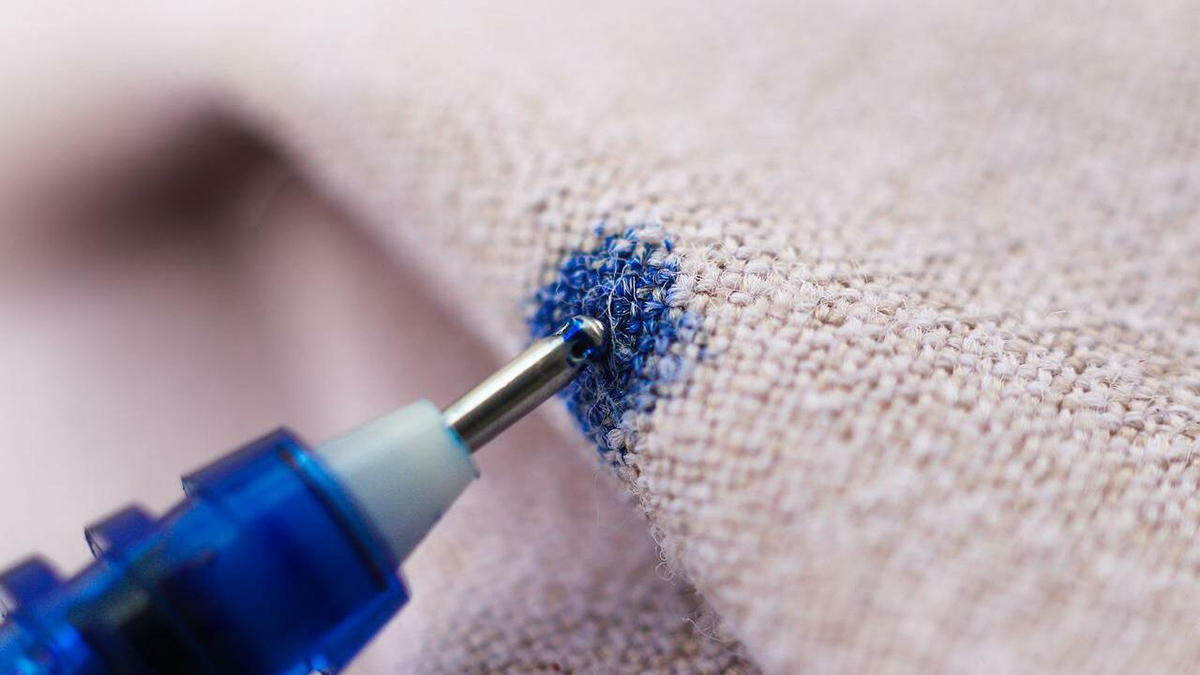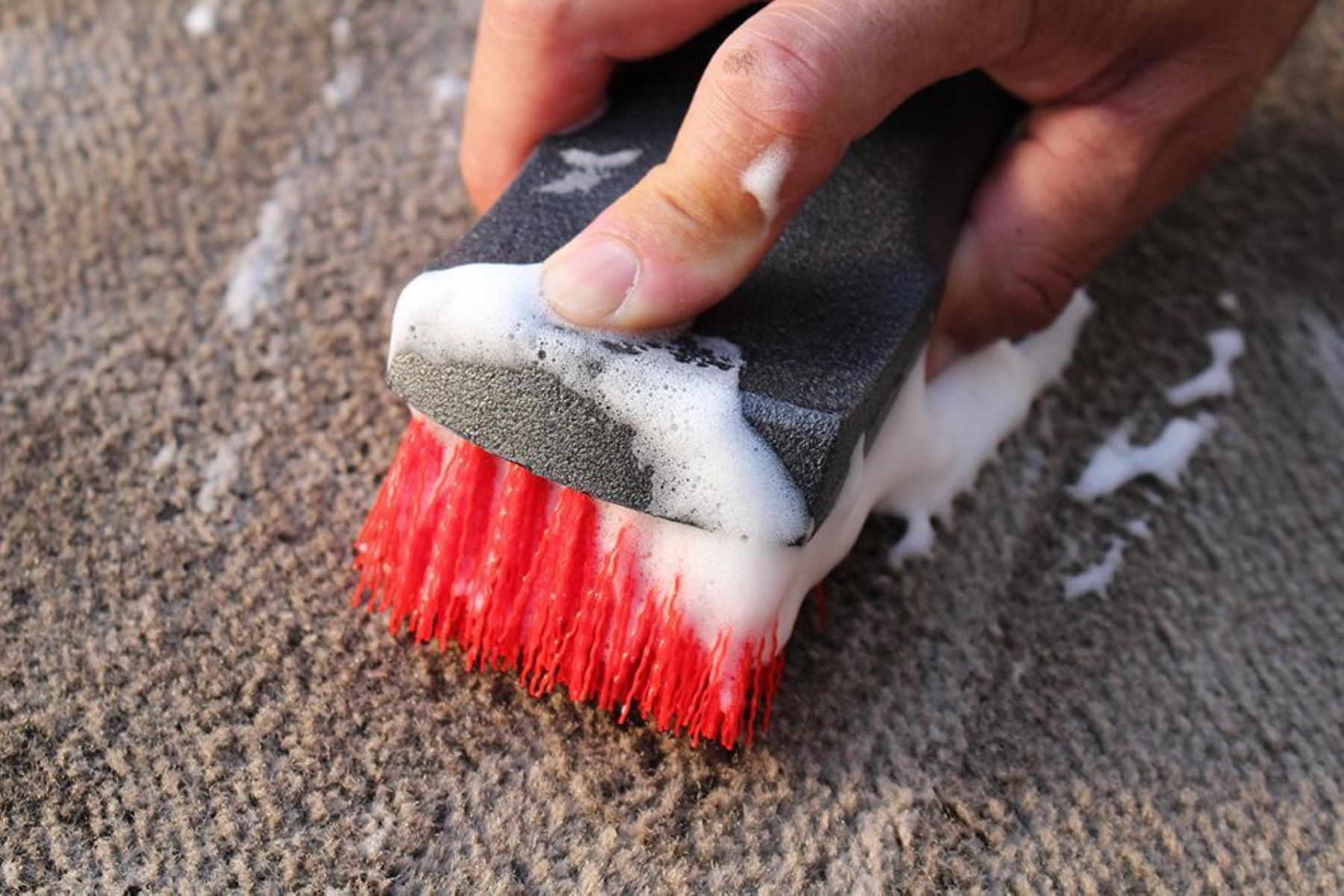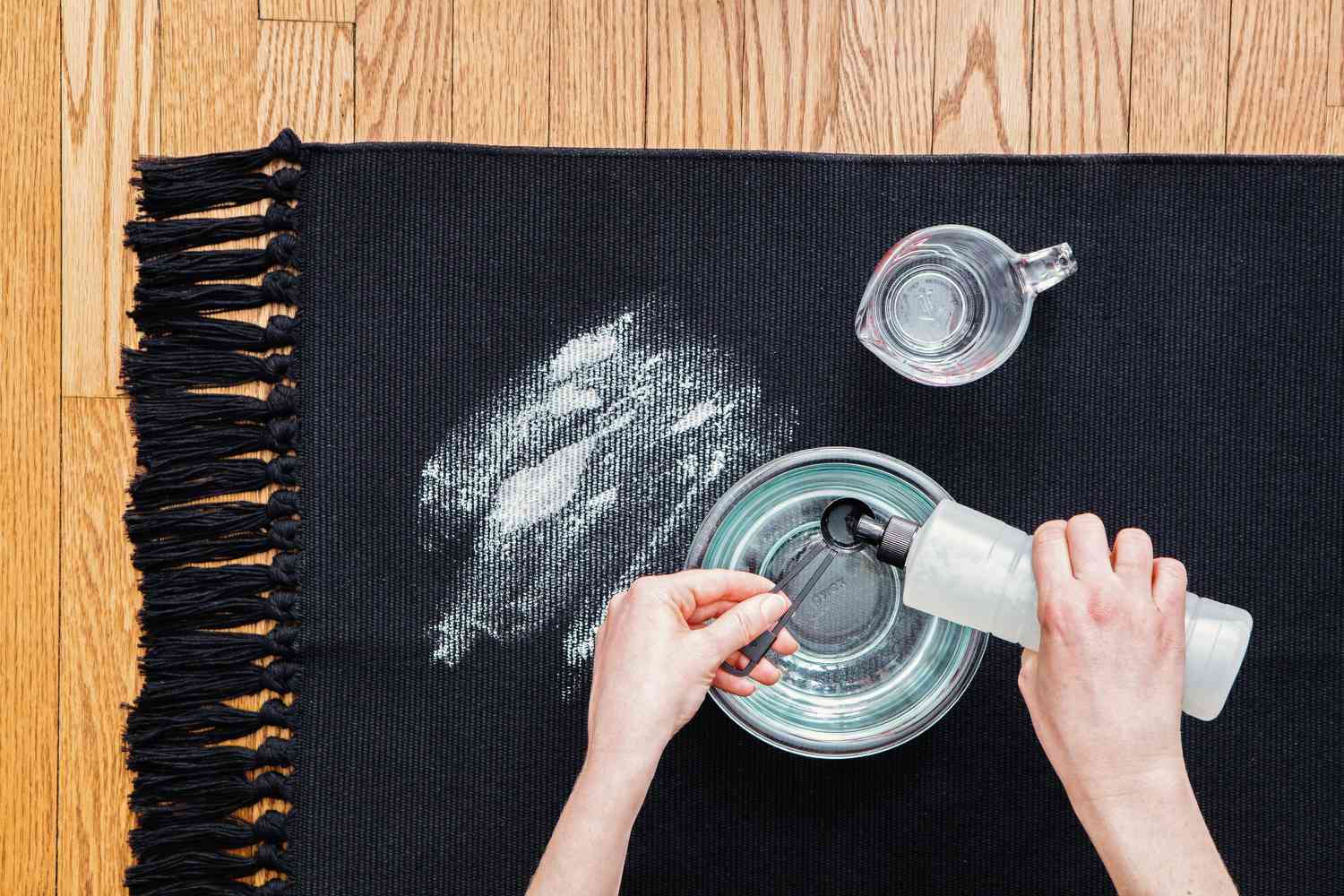

Articles
How To Remove Food Coloring From Carpet
Modified: December 7, 2023
Learn effective techniques and tips on removing food coloring stains from your carpet in this comprehensive article. Discover easy-to-follow steps and solutions to get your carpet looking clean and stain-free.
(Many of the links in this article redirect to a specific reviewed product. Your purchase of these products through affiliate links helps to generate commission for Storables.com, at no extra cost. Learn more)
Introduction
Accidents happen, and when they involve food coloring spilling onto your carpet, it can be quite a headache. Whether it’s a child’s art project gone wrong or a mishap in the kitchen, removing food coloring stains from your carpet may seem like a daunting task. However, with the right techniques and materials, it is possible to effectively remove these stains and restore the pristine appearance of your carpet.
In this article, we will explore various methods to remove food coloring stains from your carpet. Whether you choose to use household ingredients or commercial carpet cleaners, we will provide step-by-step instructions to ensure the best possible result. By following these tips, you can tackle the stain head-on and have your carpet looking as good as new.
Before we dive into the methods, it is essential to note that prompt action is crucial when dealing with food coloring stains. The longer the stain sits on your carpet, the harder it will be to remove. So, let’s not waste any more time and jump right into the materials needed and precautions to take before starting the stain removal process.
Key Takeaways:
- Prompt action is crucial when dealing with food coloring stains on carpets. Blot, don’t rub, and work from the outside in to minimize damage. Consider professional cleaning for stubborn stains.
- Using natural ingredients like vinegar and dish soap can effectively remove food coloring stains from carpets. Professional cleaning services offer expertise and specialized equipment for more stubborn stains.
Read more: How To Remove Smells From Carpet
Materials Needed
- White cloth or paper towels
- Warm water
- Mild dish soap
- Vinegar
- Carpet cleaner or stain remover (optional)
- Clean sponge
- Bucket
- Soft-bristle brush
- Vacuum cleaner
Now that you have an idea of the materials needed, let’s move on to the precautions you should take before attempting to remove the food coloring stain from your carpet.
Precautions to Take
Before you start the process of removing the food coloring stain from your carpet, it’s important to take certain precautions to ensure the safety of your carpet and prevent further damage.
- Test the Cleaning Solution: Before applying any cleaning solution to a visible area of your carpet, it’s essential to test it on a small, inconspicuous spot. This will help you determine if the solution will cause any discoloration or damage to your carpet fibers.
- Blot, Don’t Rub: When dealing with a food coloring stain, it’s important to remember to blot the stain gently instead of rubbing it vigorously. Rubbing the stain can spread it further and deepen its penetration into the carpet fibers.
- Avoid Heat: Avoid using hot water or applying heat to the stain, as this can cause the food coloring to set permanently into the carpet fibers. Stick to using warm water for cleaning purposes.
- Work from the Outside In: Start by treating the outer edges of the stain and gradually work your way toward the center. This will prevent the stain from spreading to a larger area.
- Patience is Key: Removing food coloring stains from carpet may require multiple attempts and some time. Be patient and persistent in your efforts, and avoid rushing the process.
- Follow Manufacturer’s Instructions: If you’re using a commercial carpet cleaner or stain remover, make sure to carefully read and follow the instructions provided by the manufacturer.
- Proper Ventilation: It’s important to keep the area well-ventilated during the cleaning process. Open windows or use fans to ensure proper airflow and quick drying of the carpet.
By taking these precautions, you can minimize the risk of damaging your carpet and increase the chances of successfully removing the food coloring stain.
Method 1: Blotting and Absorbing
This method is best suited for fresh food coloring stains. It involves using white cloth or paper towels to blot and absorb as much of the stain as possible.
- Start by gently removing any excess food coloring from the carpet. You can use a spoon or a dull knife to scrape off any solid or semi-solid residue.
- Next, take a clean white cloth or paper towels and blot the stain. Place it over the stained area and gently press down, allowing the cloth to absorb the color. Avoid rubbing, as this can push the stain further into the carpet fibers.
- Continue blotting with a fresh section of the cloth or paper towels until no more color transfers onto them.
- If the stain persists, dampen a clean cloth with warm water and blot the area again. Repeat this process until you see no more color transfer.
- Once the majority of the stain is removed, allow the carpet to air dry. Avoid using excessive heat or hair dryers, as this can set the stain.
- After the carpet is dry, vacuum the area to fluff the fibers and remove any remaining residue.
This method is effective for minor food coloring stains, but for more stubborn or set-in stains, you may need to try other methods.
Method 2: Diluting and Blotting
If the food coloring stain persists after using the blotting method, you can try diluting the stain with a mixture of warm water and mild dish soap. This method helps to break down the color and make it easier to remove.
- Mix a solution of warm water and a few drops of mild dish soap in a bucket or spray bottle. Make sure the soap is gentle and does not contain any harsh chemicals.
- Using a clean sponge or cloth, dampen it with the diluted soap mixture.
- Gently blot the stained area with the damp sponge or cloth, working from the outer edge of the stain towards the center. Avoid rubbing, as this can push the stain deeper into the carpet fibers.
- Continue blotting until you see the stain starting to fade. You may need to rinse and reapply the soapy solution if necessary.
- Once the stain is significantly lighter, rinse the area with clean water to remove any soap residue.
- Blot the area dry with a clean cloth or paper towels, absorbing as much moisture as possible.
- Allow the carpet to air dry completely.
- Finally, give the carpet a thorough vacuuming to restore its texture and remove any remaining debris.
If the stain is still visible, you may need to move on to another method or consider professional carpet cleaning options.
Blot the stain with a clean cloth to remove excess food coloring. Mix 1 tablespoon of dish soap with 2 cups of warm water and dab the stain. Blot with a clean cloth and repeat until the stain is gone.
Read more: How To Remove Burn From A Carpet
Method 3: Using a Carpet Cleaner or Stain Remover
If the food coloring stain persists even after attempting the previous methods, using a carpet cleaner or stain remover specifically formulated for removing tough stains can be an effective solution.
- Start by following the instructions provided by the manufacturer of the carpet cleaner or stain remover. Different products may have different application methods.
- Test the product on a small, inconspicuous area of the carpet to ensure it does not cause any discoloration or damage. Wait for a few minutes and check for any adverse reactions.
- If the product is safe to use, apply it directly to the food coloring stain according to the instructions. Make sure to saturate the stain thoroughly.
- Allow the carpet cleaner or stain remover to penetrate the stain for the recommended amount of time specified by the manufacturer. This will typically range from a few minutes to several hours.
- Using a clean, white cloth or paper towels, blot the stained area to remove the product and the loosened food coloring. Continue blotting until no more color transfers onto the cloth.
- Repeat the process if necessary, applying more of the carpet cleaner or stain remover and blotting until the stain is fully removed.
- Rinse the treated area with clean water to remove any residue from the carpet cleaner or stain remover.
- Blot the area dry with a clean cloth or paper towels.
- Allow the carpet to air dry completely.
- Vacuum the carpet to restore its texture and remove any remaining debris.
Remember to store the carpet cleaner or stain remover according to the manufacturer’s instructions and keep it away from children and pets.
If the stain remains stubborn and refuses to come out, it may be time to consider professional carpet cleaning services.
Method 4: Using Vinegar and Dish Soap
If you prefer to use natural and household ingredients, you can try a mixture of vinegar and dish soap to remove food coloring stains from your carpet. Vinegar acts as a natural cleaner and stain remover, while dish soap helps to break down the stain.
- In a spray bottle, mix equal parts white vinegar and warm water.
- Add a few drops of mild dish soap to the mixture. Shake well to combine.
- Spray the vinegar and dish soap solution directly onto the food coloring stain. Make sure to saturate the stain completely.
- Gently blot the stained area with a clean cloth or paper towels, working from the outer edges of the stain toward the center. Continue blotting until you see the stain starting to lift.
- Repeat the process if necessary, spraying more of the solution and blotting until the stain is fully removed.
- Rinse the treated area with clean water to remove any residue from the vinegar and dish soap mixture.
- Blot the area dry with a clean cloth or paper towels.
- Allow the carpet to air dry completely.
- Once dry, vacuum the carpet to restore its texture and remove any remaining debris.
It is important to note that vinegar has a strong odor that may linger temporarily. However, the smell will dissipate as the carpet dries. If the odor persists, you can sprinkle some baking soda on the carpet before vacuuming to help eliminate any lingering smells.
This method is a natural and cost-effective way to remove food coloring stains. However, for more severe or set-in stains, you may need to explore other options or consult professional carpet cleaning services.
Method 5: Professional Carpet Cleaning
If you have tried various methods and the food coloring stain still persists or if you prefer to leave the task to the experts, professional carpet cleaning is an excellent option. Professional cleaners have the knowledge, equipment, and specialized cleaning agents to effectively remove tough stains from carpets.
- Research and choose a reputable carpet cleaning service in your area. Read reviews and ask for recommendations from friends or family.
- Contact the professional carpet cleaning company and explain the nature of the food coloring stain. They will provide you with an estimate and schedule an appointment.
- On the day of the appointment, prepare the area by removing any furniture or objects from the stained area.
- The professional cleaner will arrive with their equipment, which may include steam cleaners, specialized stain removers, and powerful vacuuming machinery.
- They will assess the stain and determine the best course of action. This may involve pre-treating the stain with a targeted stain remover or using steam cleaning to extract the color from deep within the carpet fibers.
- The carpet cleaner will proceed to clean the stained area, working meticulously to ensure the best possible results. They will also clean the surrounding areas to achieve a uniform appearance.
- Once the cleaning process is complete, the professional will thoroughly rinse the carpet to remove any cleaning agents or residue.
- They will then use their industrial-strength vacuuming equipment to remove excess moisture and speed up the drying process.
- After the carpet is dry, the cleaner will inspect the area to ensure the stain has been effectively removed. If any remnants of the stain remain, they may repeat the process or suggest alternative solutions.
- Finally, the furniture can be moved back into place once the carpet is completely dry and the stain is gone.
Professional carpet cleaning services offer a high level of expertise and often guarantee their work. While it may be a more expensive option, it can be highly effective for stubborn food coloring stains or for those who prefer to leave the task to the professionals.
Remember to inquire about the cleaning products used by the professional cleaners, especially if you have specific concerns or preferences regarding chemical usage.
By utilizing the expertise of professional carpet cleaners, you can have peace of mind knowing that your carpet will receive a thorough and professional treatment, resulting in a stain-free and refreshed appearance.
Conclusion
Dealing with a food coloring stain on your carpet can be frustrating, but with the right techniques and materials, it is possible to remove the stain and restore the appearance of your carpet. Remember that prompt action is crucial when dealing with any stain, as it becomes harder to remove the longer it sits on the fibers.
In this article, we explored various methods to remove food coloring stains from carpets. We started with the simple blotting and absorbing method, which is effective for fresh stains. If the stain persists, diluting and blotting with a mixture of warm water and mild dish soap can help break down the color. Using a carpet cleaner or stain remover specifically formulated for tough stains is another option, as is using a mixture of vinegar and dish soap for those who prefer natural alternatives. Lastly, professional carpet cleaning services offer expertise and specialized equipment for more stubborn or set-in stains.
Before attempting any stain removal method, it’s important to take precautions to protect your carpet and test any cleaning solution in an inconspicuous area. Remember to blot the stain gently instead of rubbing, work from the outside in, and be patient throughout the process.
While these methods can be effective, it’s essential to understand that certain factors, such as the carpet type and the age and severity of the stain, may affect the success of the removal process. In some cases, seeking professional assistance may be the best option to ensure the stain is effectively treated and the carpet is restored to its original condition.
By following the steps outlined in this article and considering the specific needs of your carpet and stain, you can increase the chances of successfully removing food coloring stains and preserving the beauty of your carpet for years to come.
Frequently Asked Questions about How To Remove Food Coloring From Carpet
Was this page helpful?
At Storables.com, we guarantee accurate and reliable information. Our content, validated by Expert Board Contributors, is crafted following stringent Editorial Policies. We're committed to providing you with well-researched, expert-backed insights for all your informational needs.
